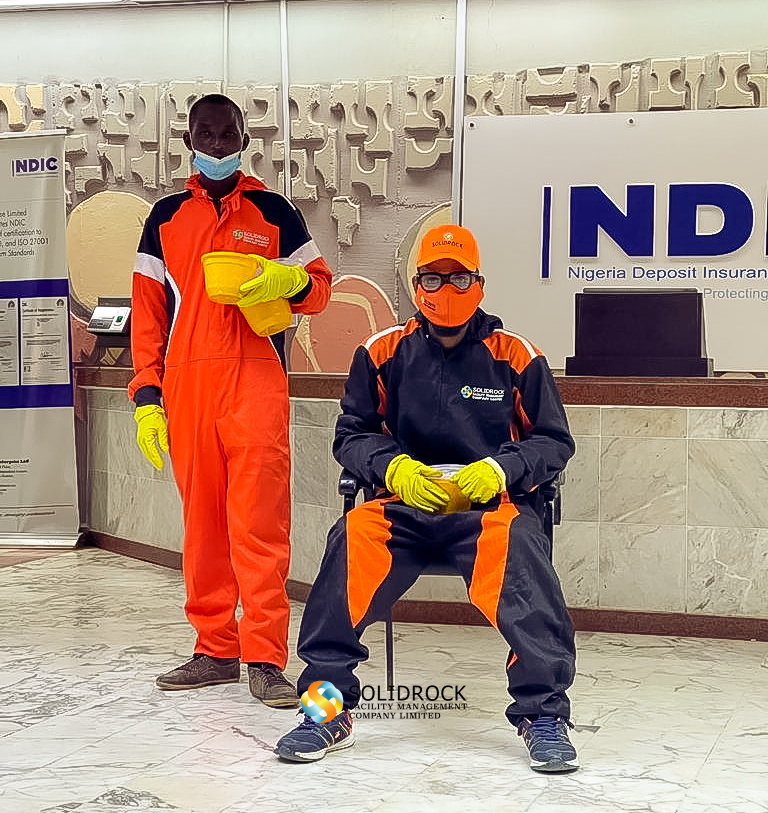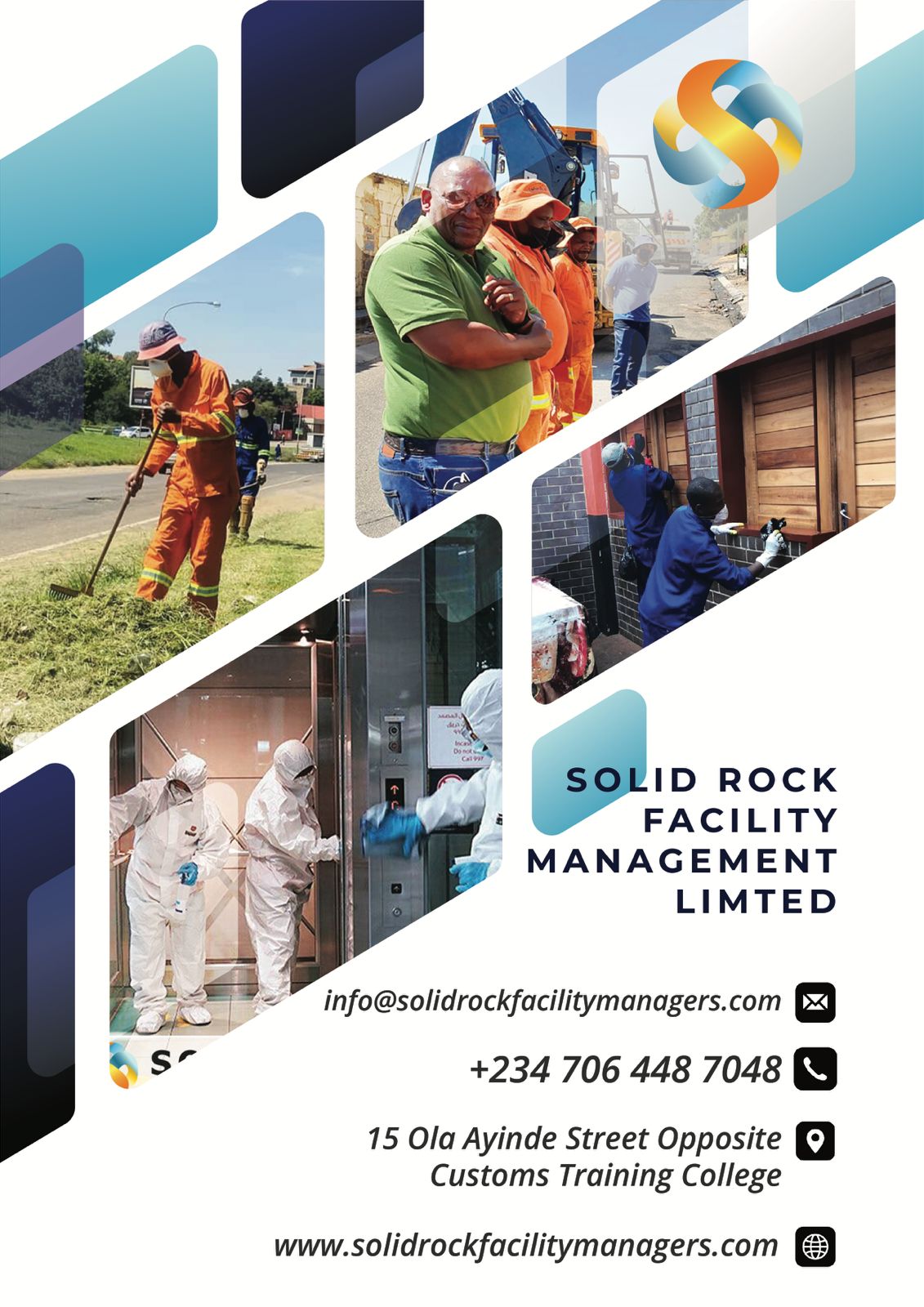Strategies To Prevent And Resolve Mold In Your Facility
Climate change has caused more hurricanes, tropical storms, and torrential rainfall across the world this year, putting business complexes, commercial properties, and public buildings at risk of leaking and flooding. Water-saturated structures are prime breeding grounds for mold, but there are ways to prevent, detect and remove it before mold contamination becomes a serious and costly issue. Being proactive limits an owner’s exposure to the liability of debilitating health effects and structural safety concerns.
Mold requires three things to grow: water, food, and humidity. Water will stealthily penetrate small porous surfaces of any building material, such as drywall, plaster, wood, concrete, even fabrics. These materials serve as a food source to quickly produce more fungus.
Mold loves humidity and thrives in dark, warm environments, such as attics, basements, lofts, building corners and bathrooms.
Once fully developed, microscopic mold spores are released and travel throughout the air undetected by the human eye. Many property owners do not even realize that they have a mold infestation until it begins to cause compromised health symptoms among building inhabitants. Symptoms can present as headaches, chest tightness, wheezing, sneezing, coughing, difficulty breathing, fever, nose bleeds and skin irritations.
Mold Contamination: Warning Signs & Solutions
It is imperative for facility managers to recognize the warning signs of a toxic mold contamination and implement a viable solution for the safety and health of the building’s inhabitants and visitors, as well as avoiding costly abatement processes and potential legal action. Many insurance companies exclude mold-related issues in their policies, thus, the financial burden will fall on the responsible parties.
What are the warning signs that your facility has a mold problem? Obvious indicators are musty smells, black spots or water stains on walls, ceilings and floors, and warped building materials. A thriving mold colony can also rot wood flooring, destroy drywall, generate cosmetic and structural damage, and ruin interior furnishings. If you have had a known water issue, get your property inspected.
The most reliable way to detect a mold outbreak is through an air quality test, conducted by a professional mold remediation company and analyzed at a third-party laboratory. This independent lab then generates a report with the exact levels and species of mold present. When testing a food service company, this report is crucial in fulfilling mandated government and health department standards and certifications.
Once a mold contamination is detected, avoid solutions that may cause more damage. Frequently, facility managers use harmful chemicals to clean up the visible mold colonies. The issue with this approach is that the chemicals stop at the surface and evaporate away. Traditional mold removal may also incorporate a destructive strategy that requires tear-down, removal, and replacement of contaminated surfaces. This type of drastic action is often labor-intensive, extremely costly, and can cause more spore proliferation as the moldy materials are moved around. It also does not address the underlying problem in that if the area becomes wet again, the mold will reappear because it has been secretly living unseen within the wood studs.
Mold is a living organism found in our external environment, the most effective way to fight it is with living, natural enzymes. The organic formula acts as a catalyst, breaking down the fungi, eliminating contamination, and preventing the release of additional spores. It is not used up in the process and continues working to prevent subsequent mold growth long after the treatment, which means that critical facilities do not need to put “out of commission” for extended periods of time as they often are when undergoing a traditional chemical treatment or time-consuming construction.
6 Mold Prevention Strategies
Routinely inspect the outside of the property for foundation problems, poorly installed windows, clogged gutters, roof concerns, poor drainage, and storm damage to avoid water flow.
In conclusion, mold spores grow rapidly and uncontrollably when they have enough water, warmth, and porous surfaces on which to feed and can cause serious harm to a building and its occupants. A facilities manager needs to constantly monitor and mitigate humidity and water problems with immediate action to avoid imminent mold issues. When property owners fail to fix mold problems in a timely manner, they can become legally responsible for mold-related illnesses or property damage. When in doubt, seek the help of a professional mold removal company, which will prove due diligence and establish a timeline of resolution. If litigation is pursued, professional testing serves as documented evidence and its management can provide expert testimony to help structure a defense.
Bottom line when it comes to mold in a commercial property or public building — an ounce of prevention is worth a pound of cure!




